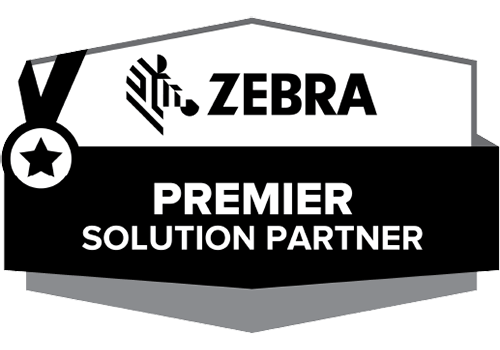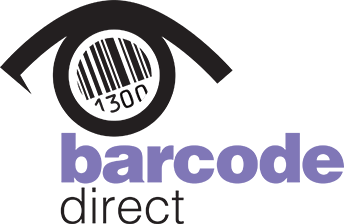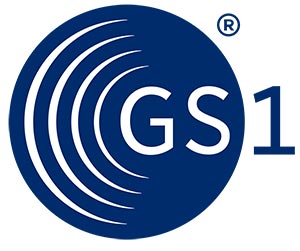An introduction to barcode and RFID technology
Barcode Direct

What is a barcode?
A barcode is a representation of data in optical, machine readable form. The data is arranged into a standardised pattern, consisting of bars, or geometric shapes. There are a number of different patterns, known as symbologies. Barcodes are used as an efficient, way of recording and retrieving information to keep track of items – from packets of cereal in a supermarket, to books in a library, to patient samples in a hospital. International standards for symbologies ensure the consistency and accuracy that are needed for the successful use of barcodes.
Some symbologies include a check digit – a character included within a symbol whose value is based, mathematically, on other characters within the symbol. It is used to perform a mathematical check to ensure the accuracy of the read.
Different symbologies suit different businesses – for example, Code 128 and Code 39 suit Pathology as they are Alpha Numeric, can have a check digit for security and (for Code 128), can contain more data than other symbologies.
1D and 2D barcodes
The simplest barcodes, known as one-dimensional (1D) barcodes, represent the data with parallel lines of varying widths, with varying spaces. The lines represent a numeric code, which can be uniquely assigned to an item, looked up via a database. 1D barcodes can be read by optical scanners, or barcode readers and are still almost universally used in retail, as well as many other industries.
2D codes are referred to as ‘barcodes’ although they don’t actually contain bars – they use rectangles, dots, hexagons and other geometric patterns in two dimensions. 2D codes carry significantly more data than 1D barcodes, and can be read by any device with the appropriate reader app, including smartphone. This makes them perfect not only for tracking of items, but for marketing purposes, to tell customers more about the productby linking them directly to a website. 2D barcodes are designed to be used ‘stand-alone’, that is, they can hold all the required data without needing to go to a lookup database – this lends them to applications such as e-ticketing in travel, andrecords in health, where all the relevant traveller/ patient details can be accessed directly from the code.
There are several formats of 2D barcode, including the QR code, from Denso-Wave, Aztec code by Welch Allyn, MaxiCode and Semacode.
The key differences between 1D and 2D barcodes are:
- 1D codes hold up to 20 characters, 2D hold up to 4000 characters
- 1D codes have to be read sequentially, multiple 2D codes can be read simultaneously
- 2D codes are smaller, and therefore appropriate for smaller items
- 1D barcodes can only be read by specialised scanners. 2D codes can be read by a wider range of devices, including smartphone and tablet cameras, and can also be transmitted by SMS between devices.
What is RFID?
RFID is an alternative technology for identification and tracking. It uses a tiny radio frequency identification tag with encoded data and the capability to transmit that data. Tags may have their own power source (active tags) or may briefly get power from the radio frequency scan of the reader (passive tags).
Although not new, the cost of RFID technology has limited its take up in volume applications. But the benefits over barcode labels, particularly not having to have line of sight for reading and the ability to stand up to the rigours of the logistics environment mean that it has become a viable and more widely used alternative to barcode technology in the world of supply chain management.
Barcode Direct Difference
Here are just some of the reasons why we’ve become Australia’s most trusted barcode supplier.
Our Partners
We partner with industry-leading brands to ensure we supply only the best, most reliable products.









Get a FREE quote today
Our industry knowledge combined with in-depth product and technical know how ensure you will get the solution that best suits your needs.

OFFICE
1/47 Mustang Drive, Rutherford NSW 2320, Australia

OPEN HOURS
Monday – Friday: 9am – 5pm
Saturday – Sunday: Closed
"*" indicates required fields


